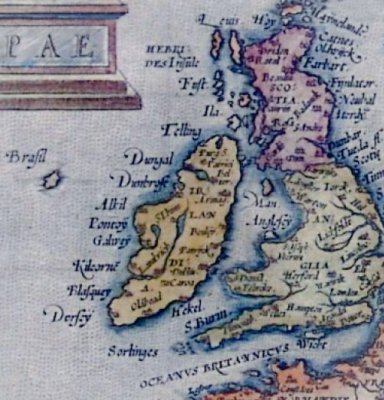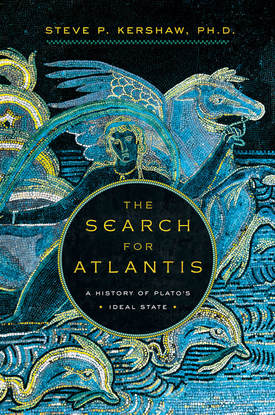Atlantis Rising explores this hypotheses, but finds more compelling evidence in one of the largest marshes in Europe, in Donaña National Park which archaeologists have been excavating for years. This location had already been the subject of
another National Geographic documentary, 'Finding Atlantis,' in 2011.
The marsh in question used to be an open bay, adjacent to the strait of Gibraltar. "This is important because Plato says that Atlantis was located adjacent to the Pillars of Hercules, the name given in Antiquity to the promontories at the entrance to the Strait of Gibraltar", Freund explains. [...]
"One of the key things I learnt when making this film is that when we say 'Atlantis', we are not talking about a particular spot, but about a civilisation. I think we can find remnants of this civilisation from the eastern Mediterranean all the way to the Atlantic. Southern Spain may have been the centre of a civilisation which spread to Malta, Santorini or all the other places we have investigated," said Jacobovici.
While the film makes an interesting case, it may fail to convince the many historians who believe that Atlantis is just an allegory, a story about moral and ethics for which Plato found inspiration by looking at cities and societies around him. Most academics believe the story of Atlantis may have been the philosopher's warning to Athens and its inhabitants not to become blinded by hubris.




